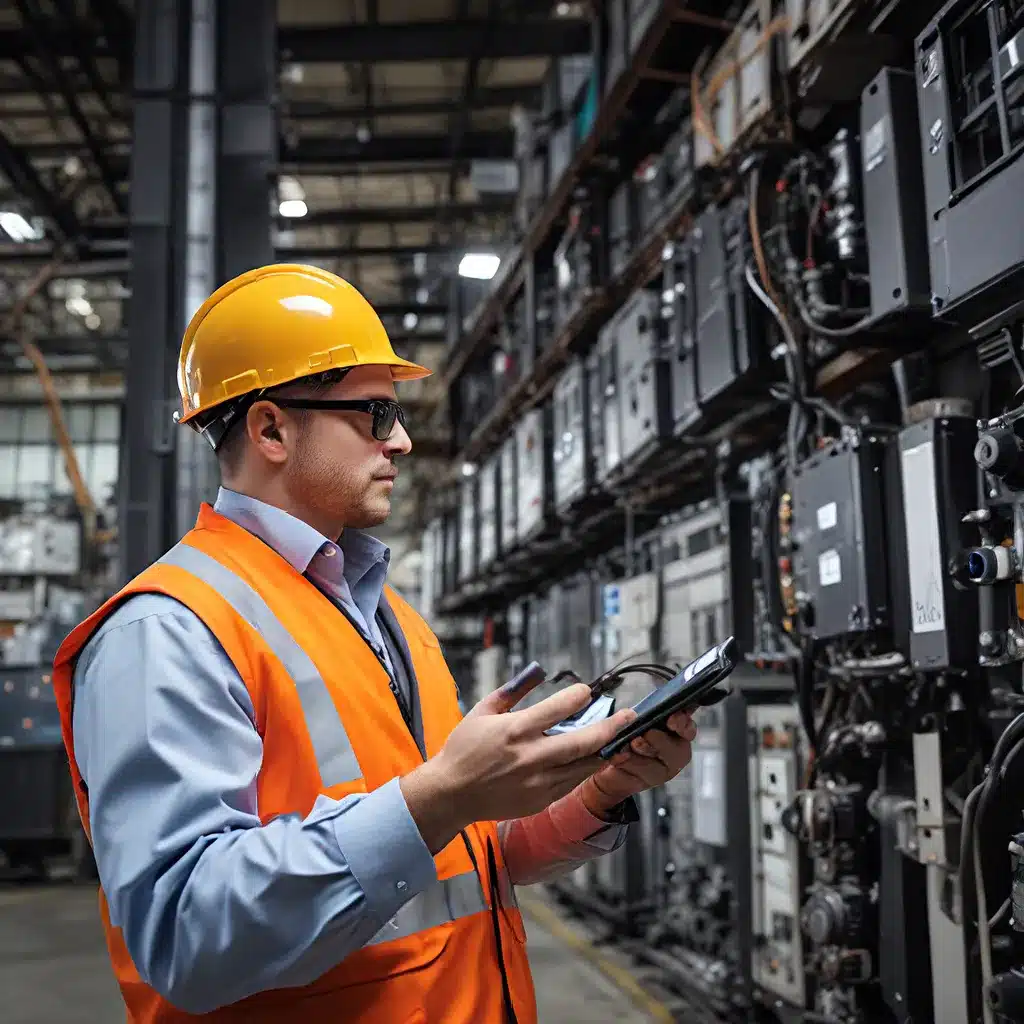
In the rapidly evolving world of sensor networks and Internet of Things (IoT), the ability to monitor and manage critical assets has become a game-changer for industries seeking to enhance productivity, reduce maintenance costs, and ensure operational efficiency. This comprehensive article delves into the key considerations, emerging technologies, and practical applications of sensor-powered asset monitoring, empowering organizations to unlock the full potential of their physical assets.
Unlocking the Power of Asset Performance Management
Asset Performance Management (APM) is the cornerstone of modern asset-intensive industries, enabling organizations to proactively manage the health, reliability, and performance of their critical equipment. By leveraging the power of sensors, IoT, and data analytics, APM solutions like the IBM Maximo Application Suite are transforming the way organizations approach asset management.
At the heart of effective APM lies the ability to remotely monitor critical assets and operations, leveraging AI-powered technologies to provide enterprise-wide visibility into performance. By aggregating data from various sources, including process parameters, maintenance records, and environmental factors, organizations can gain a holistic understanding of asset health and receive more accurate alerts for proactive intervention.
Predictive Maintenance: Anticipating Asset Degradation
One of the key capabilities of APM solutions is their ability to predict when asset degradation or failure might occur. By correlating historical and real-time asset performance data, maintenance records, and other relevant information, these platforms can leverage IoT and AI to forecast potential issues and enable predictive maintenance strategies.
This approach not only helps to minimize unplanned downtime but also allows organizations to optimize maintenance schedules and extend asset life without unnecessary costs. By defining scoring methods and prioritizing areas of focus, maintenance teams can initiate targeted actions based on the actual health and criticality of the assets.
Streamlining Inspection and Maintenance Processes
Sensor-powered asset monitoring also enables organizations to transform their approach to inspections and maintenance. By automating asset inspections and leveraging real-time data and artificial intelligence, companies can streamline these processes and make more informed decisions.
For example, the SAP Vibration Sensor Insights and Diagnosis solution can help identify asset failures and provide accurate recommendations on how to address them. This level of data-driven insights not only leads to greater uptime and operational efficiency but also allows for more effective inventory control and maintenance planning.
Embracing Energy Management and Sustainability
As organizations strive to reduce their environmental impact and improve their sustainability efforts, sensor-powered asset monitoring plays a crucial role. By harnessing the power of IoT data and AI, companies can infuse sustainability into their asset management practices.
Optimizing Energy Efficiency
Sensor networks can provide valuable insights into energy consumption and grid performance across an organization’s asset ecosystem. Solutions like the SAP Energy Sensor and Energy Reports offer high-level visual management with accurate data, enabling organizations to identify opportunities for energy efficiency and make informed decisions to drive cost savings and environmental sustainability.
Additionally, current monitoring capabilities can help track asset-level energy data, providing diagnostic insights into the power grid and supporting proactive maintenance to ensure optimal energy performance.
Sustainable Asset Management
By leveraging the data-driven insights and predictive capabilities of sensor-powered asset monitoring, organizations can make more informed decisions about asset maintenance, replacement, and even end-of-life strategies. This approach aligns with the principles of sustainable asset management, where the focus is on maximizing the useful life of critical equipment while minimizing environmental impact and resource consumption.
Overcoming Challenges in Sensor Network Design and Implementation
While the benefits of sensor-powered asset monitoring are clear, the design and implementation of sensor networks can present various challenges that organizations must navigate.
Sensor Network Topologies and Protocols
The choice of network topology and communication protocols is crucial for ensuring reliable, secure, and energy-efficient sensor networks. Factors such as network scalability, data transmission requirements, and environmental conditions must be carefully considered when selecting the appropriate wireless or wired technologies.
| Topology | Advantages | Disadvantages |
|---|---|---|
| Star | – Simple design – Centralized control |
– Limited scalability – Single point of failure |
| Mesh | – Robust and scalable – Self-healing capabilities |
– Complex configuration – Higher energy consumption |
| Hierarchical | – Improved scalability – Efficient data aggregation |
– Potential bottlenecks at higher levels |
Security Considerations in IoT Ecosystems
As sensor networks become increasingly integrated with IoT and cloud-based platforms, the need for robust security measures becomes paramount. Data encryption, access control, and network segmentation are just a few of the critical security components that organizations must address to mitigate the risks of cyber threats and data breaches.
Energy Management and Power Optimization
Sensor nodes within a network often operate on limited battery power, making energy management a crucial consideration in the design and deployment of sensor networks. Techniques such as duty cycling, energy harvesting, and power-aware routing protocols can help to optimize energy consumption and extend the operational lifetime of sensor nodes.
Driving Innovation and Transformation with Sensor-Powered Asset Monitoring
The advancements in sensor networks, IoT, and data analytics have empowered organizations to transform their asset management practices, driving innovation and operational excellence.
Boosting Productivity and Efficiency
By leveraging the insights and automation capabilities of sensor-powered asset monitoring, companies can minimize idle time, reduce unplanned downtime, and optimize maintenance schedules. This, in turn, leads to increased productivity, cost savings, and improved overall operational efficiency.
Case studies have shown that organizations can achieve significant improvements in product quality and operational uptime by harnessing the power of real-time data and AI-driven decision-making.
Embracing the Future of Asset Management
As the sensor networks and IoT landscape continues to evolve, the potential for sensor-powered asset monitoring to drive transformative change is immense. By integrating advanced technologies like machine learning, computer vision, and augmented reality, organizations can unlock even greater insights, automate complex processes, and empower their maintenance teams to make more informed, data-driven decisions.
The sensor-networks.org platform is at the forefront of this exciting journey, providing a comprehensive resource for professionals, researchers, and enthusiasts to stay informed, explore innovative solutions, and collaborate on the future of asset management.